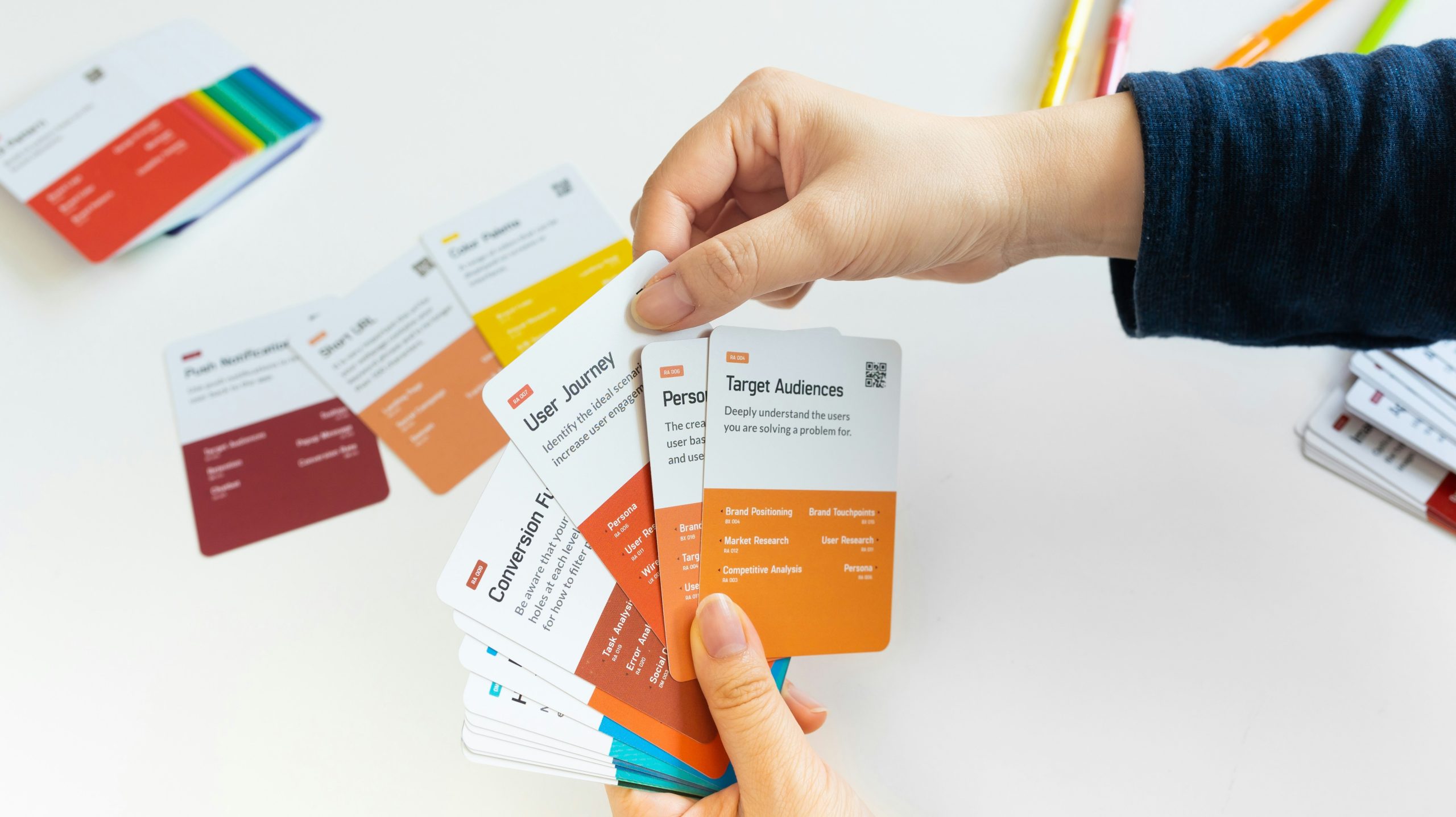Have you ever woken up to a sinking feeling knowing you’ve blown way past your credit card budget? It’s like ordering “just one coffee” but ending up with an espresso machine. We get it—overspending happens, and it’s not pretty. But here’s the kicker: most people aren’t aware they can actually set alerts to stop themselves before things spiral out of control.
In this post, we’re diving deep into Purchase Limit Alerts—what they are, how they save your wallet (and sanity), and why ignoring this feature is a rookie mistake. By the end, you’ll walk away knowing exactly how to use them, plus some brutal truths about credit card features most folks overlook.
Table of Contents
- Key Takeaways
- The Overspending Problem No One Talks About
- Step-by-Step Guide to Setting Up Purchase Limit Alerts
- Pro Tips for Maximizing Purchase Limit Alerts
- Real-Life Example: How Alerts Saved Sarah $500 in One Month
- FAQs About Purchase Limit Alerts
Key Takeaways
- Purchase Limit Alerts notify you when transactions exceed preset spending thresholds.
- These alerts help curb impulse buys, reduce debt risk, and keep budgets intact.
- You can customize notifications on most major credit cards via their mobile apps or websites.
- Don’t rely solely on these alerts; combine them with regular financial audits for best results.
The Overspending Problem No One Talks About

I once bought five pairs of shoes online—five!—because I was having “a rough day.” Trust me, no amount of retail therapy will fix life problems, but oh boy, do marketers know how to exploit our emotions.
According to research, nearly 60% of Americans admit to making impulse purchases, often driven by stress or FOMO. While purchase protection services might bail you out after buying something questionable, wouldn’t it be better if there were safeguards to prevent bad decisions in the first place?
This is where Purchase Limit Alerts come in—a simple yet effective tool hiding right under your nose. Think of them as your personal finance bouncer, stepping in before you swipe too much plastic.
Step-by-Step Guide to Setting Up Purchase Limit Alerts
Optimist You: “Let’s set up limits and watch my bank account grow!”
Grumpy You: “Ugh, fine—but only if coffee’s involved.”
- Check Compatibility: Not all banks offer Purchase Limit Alerts, so log in to your credit card issuer’s app or website and check under settings like ‘Notifications’ or ‘Account Management.’ Major players like Chase, Capital One, and American Express usually have this feature.
- Set Your Threshold: Decide what dollar amount triggers the alert. If your goal is $300/month on dining, set alerts for every $75 spent. Adjust based on behavior—you know yourself better than anyone else.
- Select Delivery Method: Choose text messages, emails, or push notifications. Opt for SMS if immediate action matters; email works well for long-term tracking.
- Monitor Regularly: Don’t let alerts fade into background noise. Review your activity weekly to stay accountable.
Pro Tips for Maximizing Purchase Limit Alerts

- Combine Alerts with Budgeting Apps: Sync alerts from Mint, YNAB, or PocketGuard with your credit card notifications for double reinforcement.
- Beware False Sense of Security: Alerts are great, but don’t treat them as permission slips. They’re warnings—not excuses.
- Customize Per Spending Category: If groceries kill your budget faster than dining out, adjust limits accordingly.
- Vent Often (#Rant): Seriously, does anyone else hate how vague some banks are about setting up these features? Customer service reps should hand-hold more.
Real-Life Example: How Alerts Saved Sarah $500 in One Month
Sarah, a freelance designer, used to shrug off her monthly statements until overdraft fees piled up faster than unread emails. Then she discovered Purchase Limit Alerts through her Capital One app. With a threshold of $100 per category—and instant texts notifying her—she realized mid-swipe that another cup of artisanal latte meant blowing her grocery budget.
The result? A cool $500 saved in just four weeks. Sounds small? That’s over $6,000 annually! Take it from Sarah: these little nudges add up big time.
FAQs About Purchase Limit Alerts

Do All Credit Cards Offer Purchase Limit Alerts?
Nope, unfortunately not. Check directly with your provider or consider switching to one known for robust user tools.
Can I Disable Alerts Easily?
Absolutely. Most platforms allow toggling alerts on/off in real-time without hassle.
Will Alerts Impact My Credit Score?
No—they’re purely informational and won’t affect your score whatsoever.
What Happens If I Ignore an Alert?
Nothing dire happens immediately unless you rack up hefty balances. These are reminders, not restrictions.
Conclusion
Purchase Limit Alerts are basically unpaid bodyguards protecting your wallet. Whether you’re trying to break free from overspending habits or simply want tighter control, mastering this feature sets you leagues ahead financially.
Remember: even the best strategies fail without consistency. Use these tips wisely, revisit your progress often, and remember…
“Like a Tamagotchi, your finances need daily care.”


